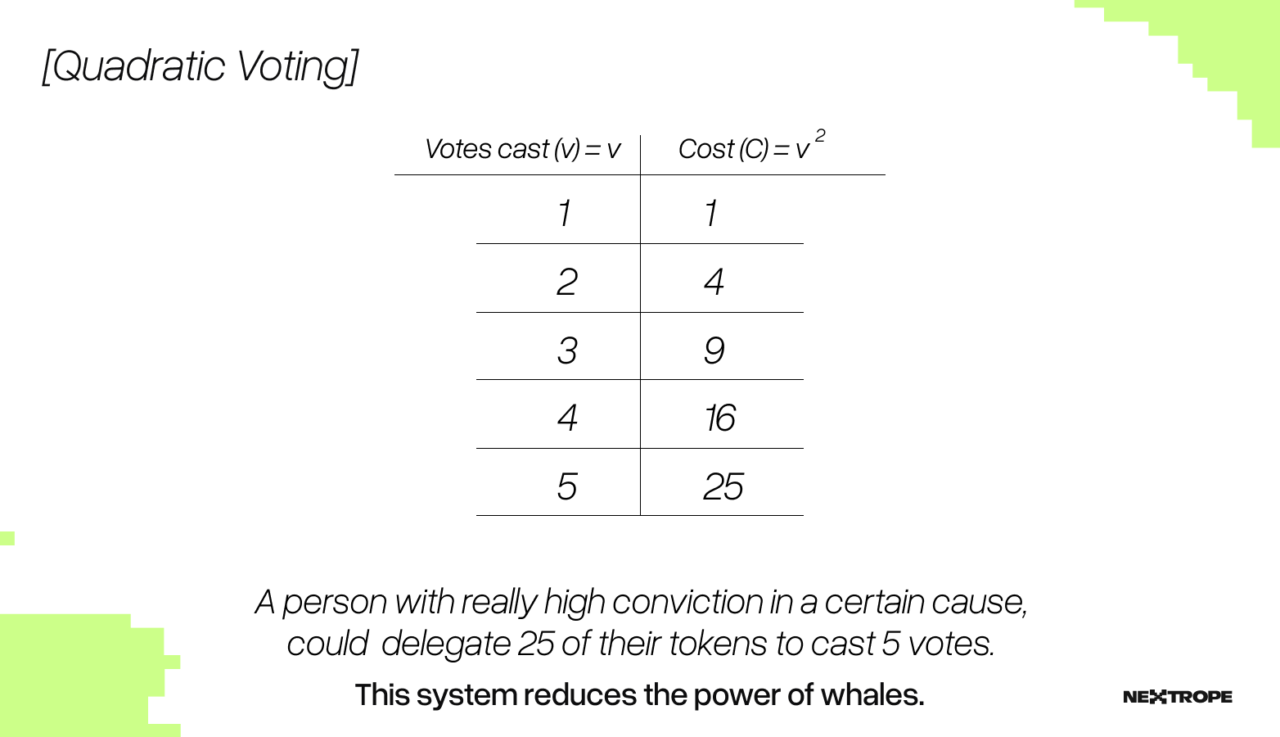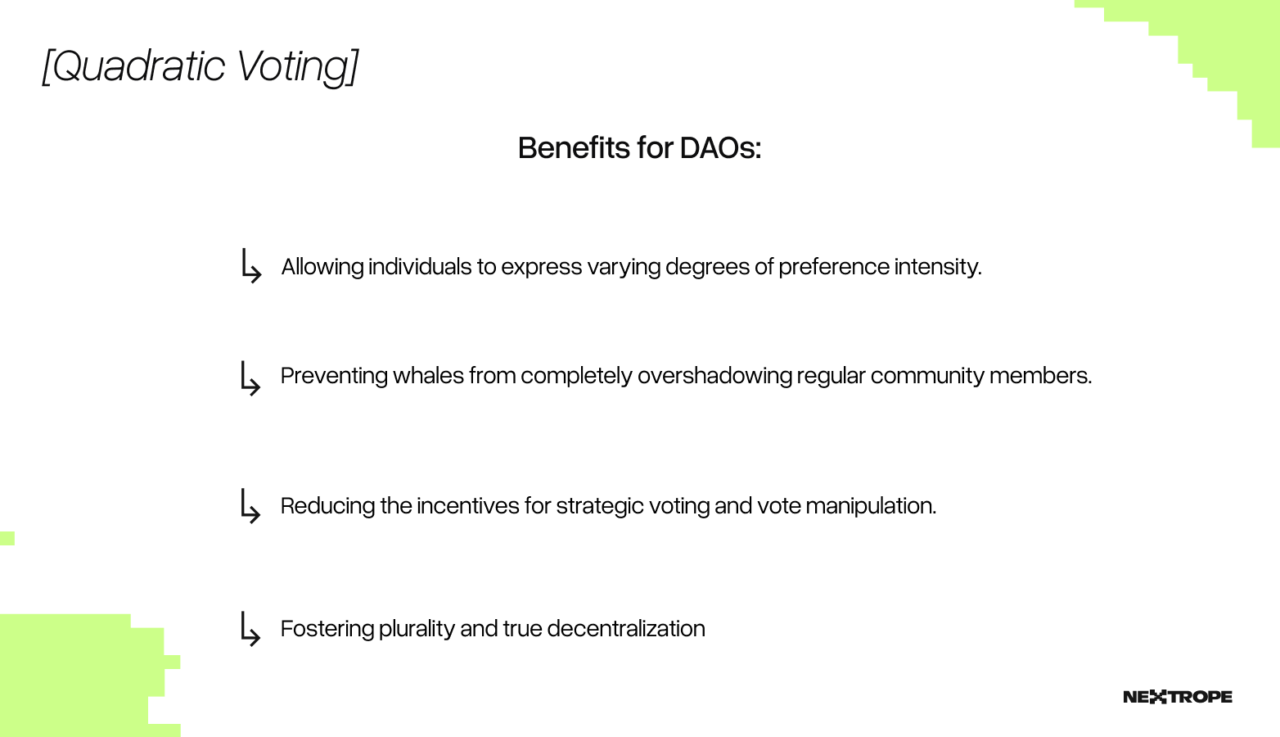Exploring Cutting-Edge Innovations in Web3 Technology
As the digital landscape continues to evolve, Web3 technology emerges as a revolutionary force poised to redefine the internet as we know it. Building upon the decentralized ethos of blockchain, Web3 promises a more open, secure, and user-centric online experience. This article delves into the intricate world of Web3, exploring its core principles, the pivotal role of blockchain in its innovations, and the transformative applications of decentralized systems. By examining these elements, we aim to provide a comprehensive understanding of how Web3 technology is shaping the future of the internet.
Unveiling the Core Principles of Web3 Technology
Web3 technology is underpinned by a set of core principles that distinguish it from its predecessors. At its heart is decentralization, a concept that seeks to distribute control away from centralized authorities and into the hands of individual users. This shift aims to create a more equitable internet where data sovereignty and personal privacy are prioritized. By leveraging peer-to-peer networks and cryptographic protocols, Web3 aspires to eliminate the need for intermediaries, thereby enhancing security and reducing the potential for censorship or manipulation.
Another fundamental principle of Web3 technology is transparency. In contrast to the opaque nature of Web2, where data is often controlled and monetized by a few powerful entities, Web3 encourages open access to information. This transparency is achieved through distributed ledger technologies, which ensure that all transactions and interactions are recorded on a public, immutable ledger. Such transparency not only fosters trust among users but also enables greater accountability and auditability, essential for a fair digital ecosystem.
Interoperability is also a key tenet of Web3. As the digital world becomes increasingly fragmented, the ability for different systems and platforms to seamlessly communicate and interact is paramount. Web3 aims to break down these silos by establishing open standards and protocols that facilitate cross-platform compatibility. This interconnectedness allows for a more fluid and dynamic internet, where users can move freely between applications and services without friction or dependency on centralized gatekeepers.
User empowerment is another driving force behind Web3 technology. In the current digital paradigm, users often relinquish control over their data and digital identities in exchange for access to services. Web3 seeks to reverse this trend by providing individuals with the tools to manage and monetize their own data. Through self-sovereign identities and decentralized applications (dApps), users gain ownership and control over their digital footprint, fostering a more balanced and user-centric online experience.
Finally, Web3 technology emphasizes sustainability and resilience. As concerns about the environmental impact of digital infrastructure grow, Web3 advocates for more efficient and eco-friendly solutions. By utilizing decentralized networks that optimize resource usage and energy consumption, Web3 aims to reduce the carbon footprint of the internet. Additionally, the decentralized nature of Web3 makes it inherently more resilient to attacks and failures, as there is no single point of failure that can be exploited or compromised.
The Role of Blockchain in Web3 Innovations
Blockchain technology is the backbone of Web3 innovations, providing the foundational infrastructure necessary for decentralization and trust. At its core, blockchain is a distributed ledger that records transactions across a network of computers in a secure and transparent manner. This technology ensures that once data is recorded, it cannot be altered or deleted, thus creating a permanent and tamper-proof record. This immutability is crucial for establishing trust in a decentralized environment where traditional intermediaries are absent.
Smart contracts are one of the most significant blockchain innovations driving Web3. These self-executing contracts with the terms of the agreement directly written into code allow for automated and trustless transactions. By eliminating the need for third-party verification, smart contracts reduce costs and increase efficiency, enabling a wide range of decentralized applications. From decentralized finance (DeFi) to supply chain management, smart contracts are revolutionizing industries by streamlining processes and enhancing transparency.
Another critical aspect of blockchain in Web3 is the concept of tokenization. By representing assets as digital tokens on a blockchain, Web3 enables fractional ownership, liquidity, and transferability of assets that were previously illiquid or indivisible. This democratization of asset ownership opens new opportunities for investment and participation in the digital economy. Whether it’s non-fungible tokens (NFTs) representing digital art or tokenized real estate, blockchain facilitates the seamless exchange and management of digital assets.
Blockchain also plays a vital role in enhancing security within the Web3 ecosystem. The decentralized nature of blockchain networks makes them inherently more secure than centralized systems, which are vulnerable to single points of failure and attacks. Additionally, the cryptographic algorithms used in blockchain ensure data integrity and privacy, protecting users from fraud and unauthorized access. As cyber threats continue to evolve, blockchain’s robust security framework is indispensable for safeguarding the digital landscape.
Consensus mechanisms are another essential component of blockchain’s role in Web3. These protocols, such as Proof of Work (PoW) and Proof of Stake (PoS), determine how transactions are validated and added to the blockchain. By achieving consensus among network participants, these mechanisms ensure the reliability and accuracy of the blockchain. As Web3 continues to expand, innovative consensus algorithms are being developed to improve scalability, energy efficiency, and inclusivity, further advancing the capabilities of decentralized systems.
Finally, blockchain fosters community-driven governance models that align with the decentralized ethos of Web3. Through decentralized autonomous organizations (DAOs), stakeholders can participate in decision-making processes, influencing the direction and development of projects. This collective governance ensures that platforms remain aligned with the interests of their users, promoting a more democratic and transparent digital ecosystem. By empowering communities to take an active role in shaping the future, blockchain is at the forefront of Web3 innovations.
Transformative Applications of Decentralized Systems
Decentralized systems are at the core of Web3’s transformative potential, offering new ways to interact, transact, and collaborate online. One of the most prominent applications is decentralized finance (DeFi), which seeks to recreate traditional financial systems without the need for intermediaries. By leveraging blockchain and smart contracts, DeFi platforms offer services such as lending, borrowing, and trading with increased transparency, accessibility, and efficiency. This democratization of finance empowers individuals worldwide to participate in the global economy, regardless of their geographic or socioeconomic status.
Decentralized applications (dApps) are another critical innovation enabled by Web3. Unlike traditional applications that rely on centralized servers, dApps operate on decentralized networks, providing users with greater control over their data and interactions. These applications span various sectors, including social media, gaming, and supply chain management, offering novel solutions to longstanding challenges. For example, decentralized social media platforms prioritize user privacy and content ownership, while blockchain-based games introduce new economic models and digital asset ownership.
The rise of non-fungible tokens (NFTs) represents a significant shift in how digital content is created, owned, and monetized. NFTs are unique digital assets stored on a blockchain, allowing creators to tokenize art, music, and other forms of media. This innovation empowers artists and creators by providing new revenue streams and enabling direct engagement with their audiences. Additionally, NFTs facilitate provenance and authenticity verification, addressing issues such as counterfeiting and intellectual property theft in the digital realm.
Web3 technology is also transforming supply chain management by enhancing transparency and traceability. Through blockchain, companies can create immutable records of every transaction and movement of goods, from raw materials to finished products. This visibility helps eliminate inefficiencies, reduce fraud, and ensure ethical sourcing practices. By providing consumers with verifiable information about the origin and journey of products, Web3 fosters trust and accountability, aligning with growing demands for sustainable and responsible business practices.
Decentralized identity solutions are another groundbreaking application of Web3, offering new ways to manage and secure personal information. In a world where data breaches and identity theft are prevalent, decentralized identity systems provide individuals with control over their digital identities. By utilizing blockchain and cryptographic techniques, users can authenticate themselves without revealing unnecessary personal data, enhancing privacy and security. This innovation has the potential to revolutionize sectors such as healthcare, finance, and online services, where identity verification is crucial.
Finally, Web3 technology is paving the way for new forms of collaboration and governance through decentralized autonomous organizations (DAOs). These community-driven entities operate on blockchain, enabling participants to collectively make decisions and manage resources. DAOs leverage smart contracts to automate processes and ensure transparency, allowing for efficient and democratic governance. From funding open-source projects to managing decentralized networks, DAOs exemplify the collaborative spirit of Web3, empowering individuals to contribute to and shape the future of digital ecosystems.
As we explore the cutting-edge innovations in Web3 technology, it becomes evident that this paradigm shift is more than just a technological evolution; it represents a fundamental reimagining of how we interact with the digital world. By embracing decentralization, transparency, and user empowerment, Web3 is poised to address many of the challenges that have plagued the internet in its current form. From blockchain’s foundational role to the transformative applications of decentralized systems, Web3 technology offers a glimpse into a more equitable, secure, and interconnected future. As this new era unfolds, it will be crucial for stakeholders across industries to collaborate and adapt, ensuring that the promise of Web3 is realized for the benefit of all.














 Legends are not born… THEY ARE FORGED. And YOU can choose to be a part of it. Get your $STAR10 NOW. Let’s make history together!… pic.twitter.com/91KbaXVmgS
Legends are not born… THEY ARE FORGED. And YOU can choose to be a part of it. Get your $STAR10 NOW. Let’s make history together!… pic.twitter.com/91KbaXVmgS Ownership was not renounced? *Now it is*! Tokens *cannot* be destroyed without warning.
Ownership was not renounced? *Now it is*! Tokens *cannot* be destroyed without warning. 30 days was not enough? Now it’s locked for *255 years*.
30 days was not enough? Now it’s locked for *255 years*. 













